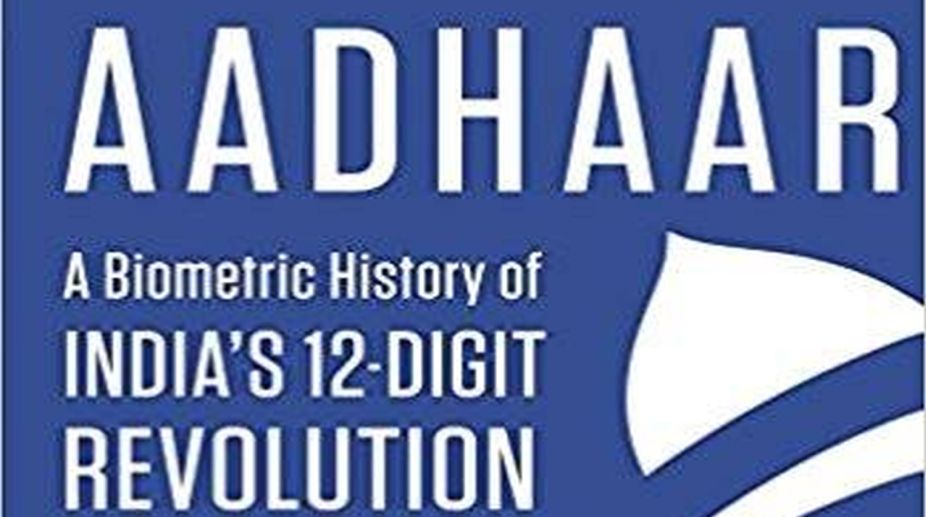Aadhaar, Jan Dhan giving big push to digital India ecosystem: Instamojo’s CEO
According to Swain, three different buckets of opportunities got created over the last three-four years.

(Photo: Facebook)
In recent times, there have been various controversies surrounding the Central government’s ambitious Aadhaar scheme. More so, making it mandatory to link Aadhaar with various Centrally-sponsored schemes has evoked mixed reactions and people also started to raise suspicion on the security of personal data collected by the Unique Identification Authority of India (UIDAI). Speaking about the protection of data and one’s right to privacy, the Supreme Court recently, in its landmark judgement, declared “right to privacy” as a Fundamental Right.
The apex court, however, will examine Aadhaar in this context later this year in November. The question here is how did one of the world’s largest democracies engineer a platform for India’s 12-digit revolution in such a short span of time? Is this really a smart course of action? How was the idea generated? In an interesting take, a prominent India-based political economy analyst, columnist and author, Shankkar Aiyar takes the readers through a complex tale of idealism, history behind such ambitious and controversial undertaking in his latest book titled Aadhaar ~ A Biometric History of India’s 12-Digit Revolution.
“The book was born out of a policy paper. I am a Visiting Fellow at the IDFC Institute and work on public policy. Leaders in the 21st century know what is to be done but struggle to find ways to get it done. The lament about India is mostly on what did not get done. Most revolutions in India were born in the wake of crises ~ whether it is liberalisation of 1991 or Green Revolution of the 60s. In stark contrast, Aadhaar is a planned birth. The scale and success of Aadhaar ~ it is the world’s largest biometric identification platform with 116 crore identities and growing ~ is globally unprecedented. How this frugal-cost smart architecture could be set up amid all the systemic flaws is a story that deserved to be told. Aadhaar, if shepherded well, has the potential to deliver revolutionary change in governance,” Aiyyar told The Statesman.
Advertisement
He has, in fact, spoken with former President Pranab Mukherjee, Prime Minister Narendra Modi and his predecessor Manmohan Singh, former ministers P Chidambaram, and Yashwant Sinha, Congress vice-president Rahul Gandhi and others to document how politicians with diametrically-opposed ideologies were equally determined to propel Aadhar.
Speaking about his experience in interacting with them, he said, “They were generous in sharing their experiences and understanding on the challenges of implementing a programme like Aadhaar. Prime Minister Narendra Modi shared his insights on the potential of Aadhaar ~ as also reasons for opposing it during the 2014 campaign. As he put it, the opposition was not to Aadhaar but the manner in which the Congress government was implementing it. It is instructive that two regimes with divergent ideology and views invested political capital on Aadhaar, to make it happen.”
Speaking about the scheme’s vision he said, “The problem of Aadhaar has been less about vision and more about the granularity of rules and regulations ~ many of which are vague or open to misinterpretation and hence misuse. This is aggravated by inadequacy of the grievance redressal mechanism ~ particularly the absence of a time-bound process for resolution and these have been raised in the Epilogue of the book. For instance, recently the government informed Parliament that Aadhaar registration of over 81 lakh persons has been cancelled. Many of them are pensioners, handicapped people, teachers and ordinary middle class persons. They are being told by banks that they lose access to their own hard- earned monies.
That the inadequacies and opaque rules can lead to exclusion is a serious cause for worry. These issues need to be fixed and need to be taken up by Parliament.” The author in his book deliberates upon Aadhar’s application, its ups and downs and turnarounds; discusses the concerns of activists and bureaucrats on potential misuse of the database for state surveillance; raises the urgent need for a data-protection and privacy law; and contemplates solutions. “The issue of privacy with reference to Aadhaar is about protection of the right to personhood ~ the right of the state to know and intervene also needs to be corralled.
The what, and how, of the extent of expansion of Aadhaar and linkages will be examined and by a bench of the Supreme Court in November. Personhood needs protection ~ from the coercive powers of the state as also from data colonisers in the private sector. The question that must be addressed is about who collects data ~ but more importantly it is about who can do what with data,” Aiyyar opines. In his book, he has also highlighted many of the systemic issues on the ground ~ particularly poor connectivity that could lead to exclusion.
This is a must read for those who would be interested in the dramatisation of contemporary history. In all, the author has put forth the recent tectonic changes in the country’s political and economic landscape. The vivid and lucid narration keeps the readers’ interest intact till the end.
Advertisement